Summary | Excerpt | Reviews | Beyond the Book | Readalikes | Genres & Themes | Author Bio
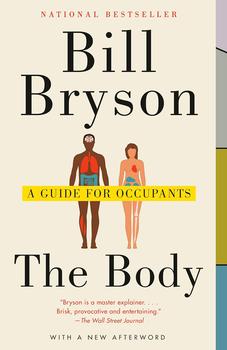
Critics' Opinion:
Readers' Opinion:
First Published:
Oct 2019, 464 pages
Paperback:
Jan 2021, 464 pages
 Book Reviewed by:
Book Reviewed by:
Kim Kovacs
Buy This Book
Blood transfusions save a lot of lives every year, but taking and storing blood is an expensive and even risky business. "Blood is a living tissue," says Dr. Allan Doctor of Washington University in St. Louis. "It's as alive as your heart or lungs or any other organ. The moment you take it out of the body, it begins to degrade, and that is where problems begin."
We met in Oxford, where Doctor, a solemn but amiable man with a trim white beard, was attending a conference of the Nitric Oxide Society, a group that was formed as recently as 1996 because before that nobody realized that nitric oxide was worth getting together for. Its importance to human biology was almost entirely unknown. In fact, nitric oxide (not to be confused with nitrous oxide, or laughing gas) is one of our primary signaling molecules and has a central role in all kinds of processes—maintaining blood pressure, fighting infections, powering penile erections, and regulating blood flow, which is where Doctor comes in. His ambition in life is to make artificial blood, but in the meantime he would like to help make real blood safer to use in transfusions. It comes as a shock to most of us to hear it, but transfused blood can kill you.
The problem is that no one knows how long it remains effective in storage. "Legally, in the United States," Doctor says, "blood can be kept for transfusion for forty-two days, but actually it is probably only good for about two and a half weeks. After that, nobody can say to what extent it is working or not." The forty-two-day rule, which comes from the Food and Drug Administration, is based on how long a typical red cell remains in circulation. "It was assumed for a long time that if a red cell is still circulating, it is still functioning, but we now know that that's not necessarily the case," he says.
Traditionally, it was standard practice for doctors to top up any blood that was lost in trauma. Doctor continued, "If you'd lost three pints of blood, they would put three pints back in. But then AIDS and hepatitis C came along and donated blood was sometimes contaminated, so they began to use transfused blood more sparingly, and to their astonishment they found that patients often had better outcomes from not receiving transfusions."
It turned out that in some cases it can be better to let patients be anemic than to give them someone else's blood, especially if that blood had been in storage for a while—and that is nearly always the case. When a blood bank receives a call for blood, it normally dispatches the oldest blood first, to use up aging stock before it expires, which means that almost everybody receives old blood. Worse still, it was discovered that even fresh transfused blood actually impedes the performance of existing blood in the recipient's body. This is where nitric oxide comes in.
Most of us think of blood as being more or less equally distributed around the body at all times. Whatever amount is in your arm now is what is always there. In fact, Doctor explained to me, it is not like that at all.
"If you are sitting down, you don't need so much blood in your legs because there is not a great requirement for oxygen in the tissues. But if you leap up and start running, you are going to need a lot more blood there very quickly. Your red blood cells, using nitric oxide as their signaling molecule, in large part determine where to dispatch blood as the body's requirements change from moment to moment. Transfused blood confuses the signaling system. It impedes function."
On top of all that, real blood has some practical problems. For one thing, it must be kept refrigerated. That makes it difficult to use on battlefields or accident sites, which is a pity because that's where a lot of bleeding takes place. Twenty thousand people die every year in America from bleeding to death before they can get to a hospital. Globally, the number of bleeding deaths a year has been put as high as 2.5 million. Many of those lives would be saved if people could be transfused promptly and safely—hence the desire for an artificial product.
Excerpted from The Body by Bill Bryson. Copyright © 2019 by Bill Bryson. All rights reserved. No part of this excerpt may be reproduced or reprinted without permission in writing from the publisher.
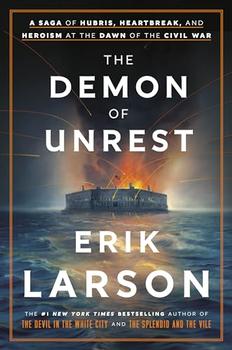
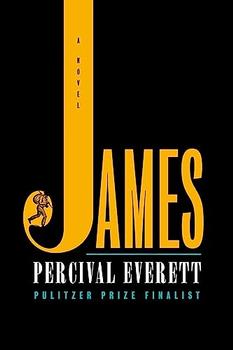
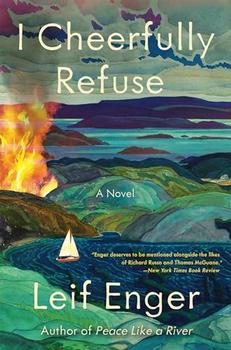
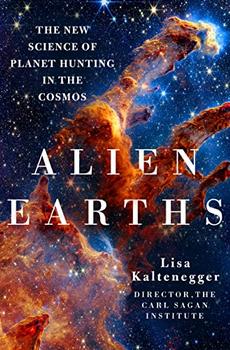

The Flower Sisters
by Michelle Collins Anderson
From the new Fannie Flagg of the Ozarks, a richly-woven story of family, forgiveness, and reinvention.
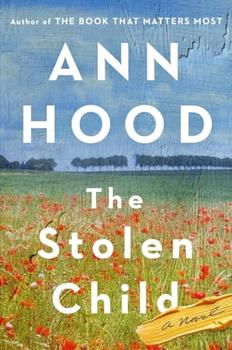
The Stolen Child
by Ann Hood
An unlikely duo ventures through France and Italy to solve the mystery of a child’s fate in this moving, page-turning novel from “a gifted storyteller”
Our wisdom comes from our experience, and our experience comes from our foolishness
Click Here to find out who said this, as well as discovering other famous literary quotes!
Your guide toexceptional books
BookBrowse seeks out and recommends the best in contemporary fiction and nonfiction—books that not only engage and entertain but also deepen our understanding of ourselves and the world around us.